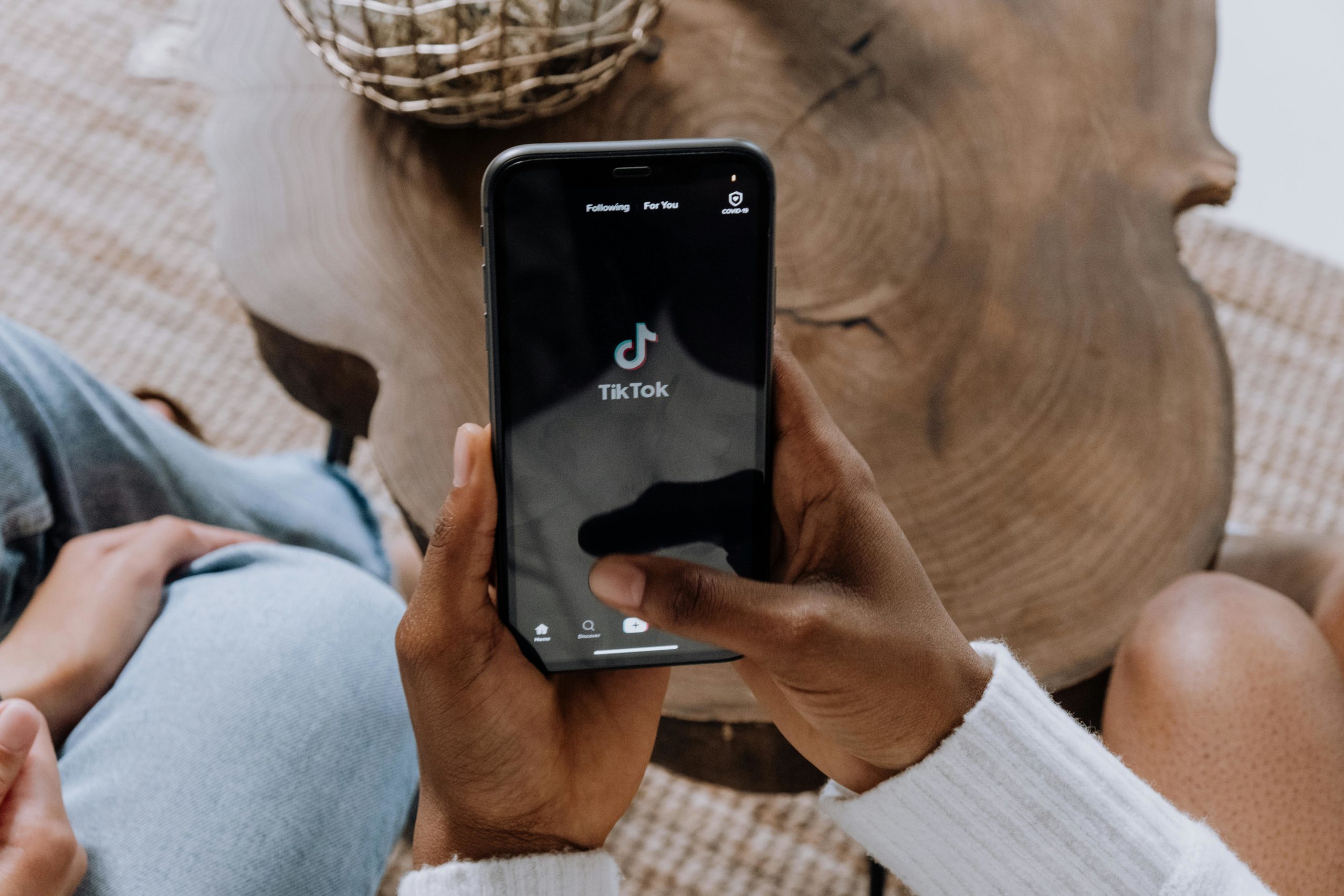Do you ever feel like you’re shouting into the social media void? You spend countless hours crafting engaging content only to wonder if it’s making any difference at all. We understand!
Developing an effective social media strategy—one that fosters genuine engagement with your audience—can be a frustrating challenge for businesses of all sizes. We believe the key is in a two-pronged approach: identifying the right platforms for your brand and constantly refining your social media strategy based on data-driven insights.
The good news? Data can be your social media superpower. Understanding how your audience interacts with different platforms allows you to tailor your content and tactics for maximum engagement. In this blog post, we’ll delve into some of our favorite data-driven best practices for conquering the major social media platforms: Facebook, Instagram, LinkedIn, and TikTok.
Facebook: Where Conversation Reigns Supreme
While Facebook might not be the shiny new toy anymore, it remains a powerful platform for connecting with your audience. Here’s how to maximize engagement:
- Know Your Audience and Tailor Content: Ever feel like you’re talking to a brick wall? Understanding your follower demographics and interests is crucial. Utilize Meta Audience Insights to tailor your content to resonate with their specific needs and preferences. Think of it like attending a party—you wouldn’t talk stocks with someone clearly there for dancing, right? You’d get out on the floor and dance alongside them!
- Focus on Video Content: Attention spans are shorter than ever, and Facebook users are hungry for engaging visuals. Wyzowl reports that video content on Facebook generates five times more engagement than image-based content. Experiment with live videos to answer real-time audience questions, use explainer videos to showcase your product or service, and feature user-generated content of your brand in action. People love seeing themselves reflected in the brands they follow!
- Respond to Comments and Messages: Social media is a two-way street. Maintain an active presence by responding to comments and messages promptly. Sprout Social found that 69% of customers expect brands to respond to their social media messages within 24 hours. It’s a small gesture that goes a long way in building trust and fostering loyalty.
Instagram: All About the Visual Story
Instagram is a visual playground, perfect for showcasing your brand personality and connecting with your audience on a more personal level. Here are some data-driven tips to take your Instagram game to the next level:
- Optimize Post Timing: When it comes to Instagram, timing is everything! Sprout Social found that the best times to post on Instagram vary by industry but generally fall between Tuesday and Thursday, with peak engagement times between 10 AM and 2 PM CST. Don’t have time to manually post during these peak hours? Utilize social media scheduling tools to ensure consistent posting and maximize your reach.
- Embrace Reels and Stories: Short-form video content reigns supreme! Instagram reports that Reels generate significantly more engagement than feed posts. Think bite-sized tutorials, behind-the-scenes glimpses, or even humorous skits showcasing your brand’s personality. And don’t forget about Stories! These disappearing snapshots allow for real-time interaction with your audience. Leverage features like polls, quizzes, and questions in Stories to boost audience interaction and start a conversation.
- Use Hashtags Strategically: Hashtags are a powerful tool for discovery, but using too many or irrelevant ones can hurt your reach. Aim for a mix of popular, niche, and branded hashtags to reach a wider audience while staying relevant to your content. Research and select hashtags that are relevant to your content and target audience. Simply Measured reports that posts with at least one hashtag average 12.6% more engagement than those without.
LinkedIn: Building Your Thought Leader Status
LinkedIn is the professional network where you can establish yourself as an industry thought leader and connect with potential clients and partners. Here are some tips to leverage data and drive engagement on LinkedIn:
- Provide Thought Leadership Content: People crave valuable insights. LinkedIn reports that content featuring industry insights generates the highest engagement rates. Share blog posts, articles, and white papers, or participate in industry discussions to position yourself as a thought leader in your field.
- Publish Engaging Long-Form Posts: While short snippets can work, longer-form content (think 1,300+ characters) sparks deeper conversations. Buffer recommends including data, statistics, and visuals to enhance long-form posts and engage your audience. Think of it as a mini-article within LinkedIn, providing valuable insights that showcase your expertise.
- Leverage Employee Advocacy: On LinkedIn, your employees are your biggest brand ambassadors. That’s why helping your employees enhance their personal LinkedIn profiles can be one of the most beneficial tactics. Socialbakers reports that employee advocacy content generates 2x the reach of organic social media posts.
Turning Up the Volume on TikTok
TikTok, the short-form video platform, has exploded in popularity, especially among a younger demographic. If you’re wondering how to use TikTok for marketing, here are a few ways to leverage the most recent data and create engaging content for the TikTok audience:
- Authenticity is King: If you want to make the most of TikTok, ditch the overly produced videos and showcase your brand’s personality with a human touch. Statista reports that 90% of TikTok users prefer more authentic content. Let your brand voice shine through, embrace humor, and don’t be afraid to show the real people behind your business.
- Leverage User-Generated Content (UGC): A recent article from Klaviyo highlights that 40% of TikTok users consider UGC “extremely” or “very” important when making purchasing decisions. One way to unleash the power of user-generated content is to encourage your audience to create and share content featuring your brand. This could be anything from product reviews or tutorials to funny dance challenges related to your brand.
- Focus on Short-Form Video Content: Keep it short and sweet! Studies by HubSpot suggest keeping videos under 1 minute for optimal performance. TikTok is all about quick, engaging clips that capture attention fast and leave viewers wanting more.
Let Us Craft Your Social Media Symphony
Social media is a dynamic landscape, and the key to success lies in understanding your audience, adapting your strategy, and consistently delivering valuable content. By implementing these data-driven tips and staying true to your brand story, you can crack the social media code and cultivate meaningful engagement across all platforms.
If you feel overwhelmed by the complexities of social media marketing, don’t despair! Here at Green Apple Strategy, we have a team who can help you develop a winning strategy, create captivating content, and manage your social media presence across all platforms. Reach out to us today to learn how we can help you create a social media symphony that resonates with your audience and drives significant results for your business.











